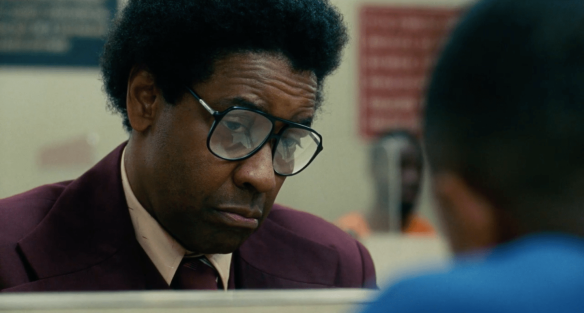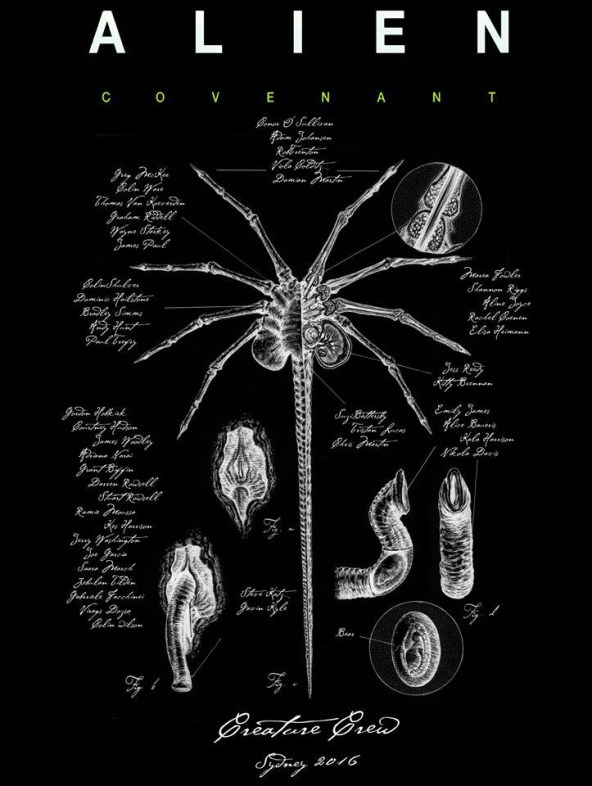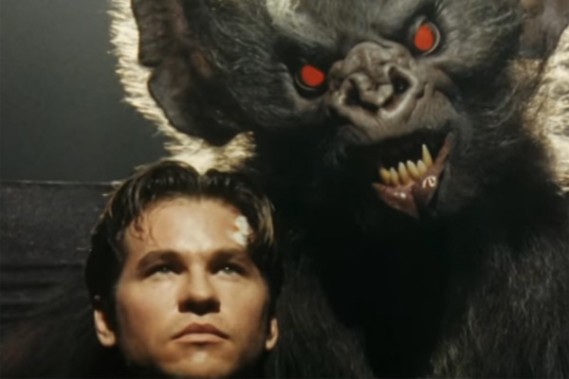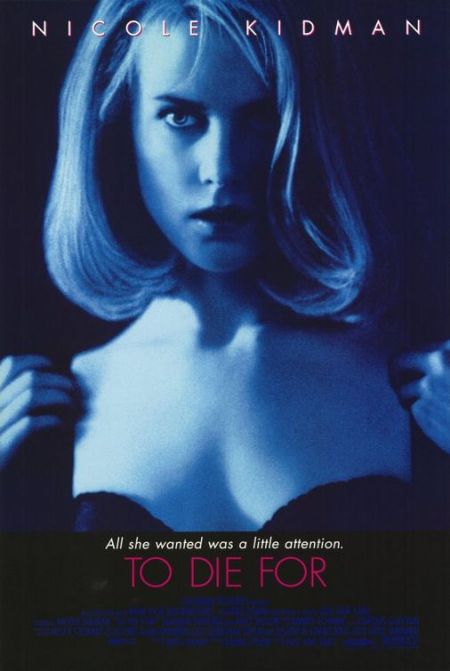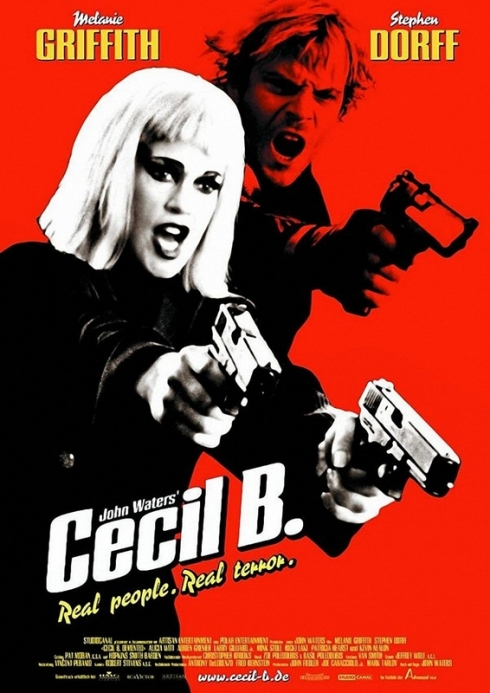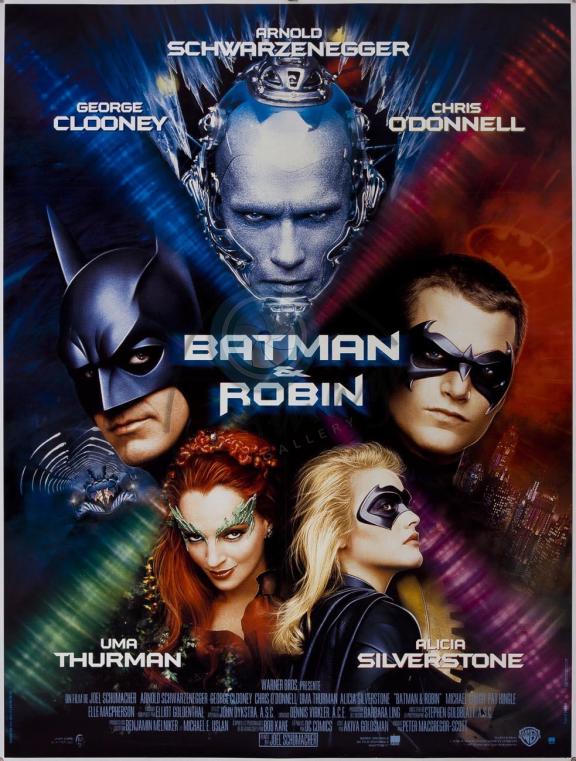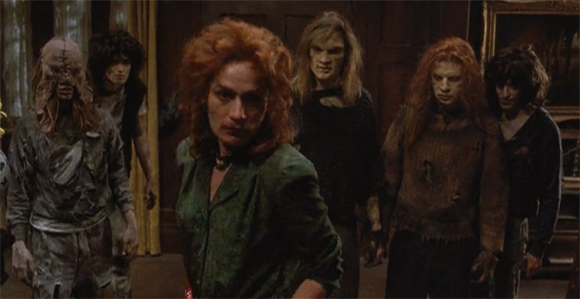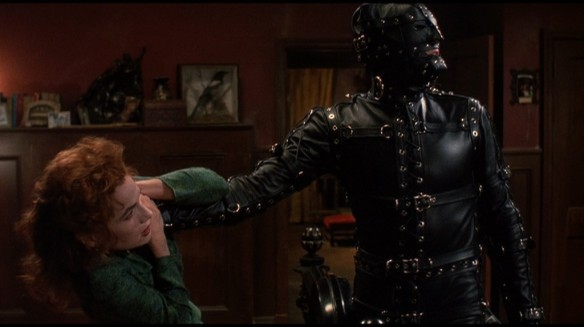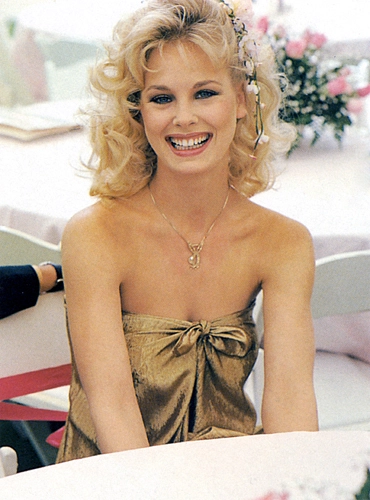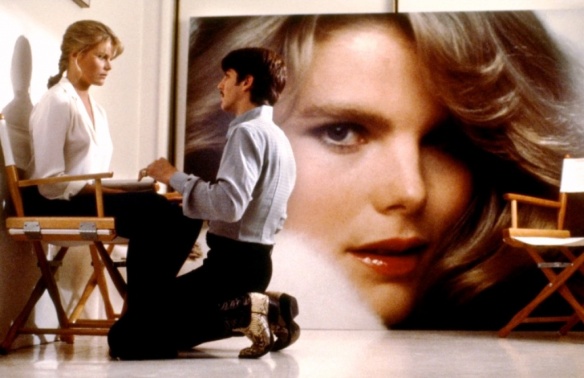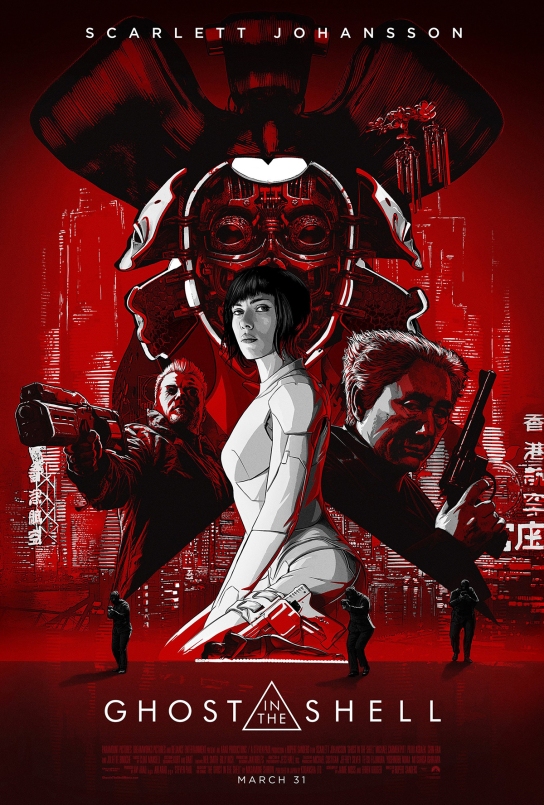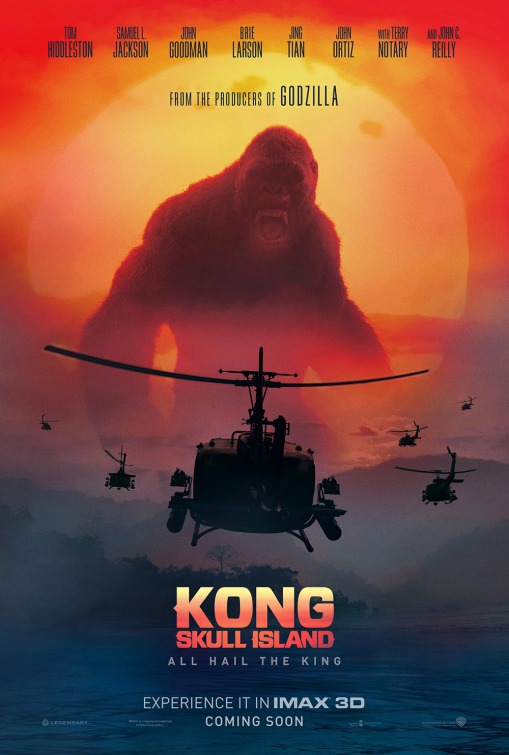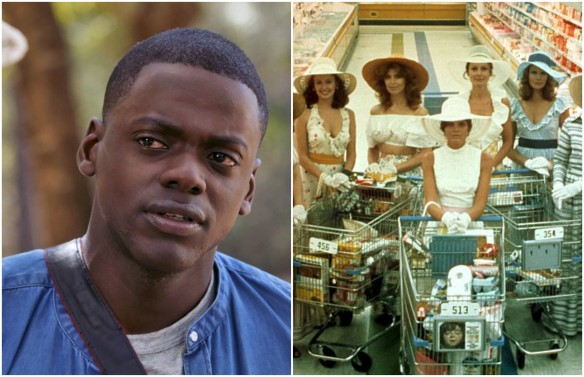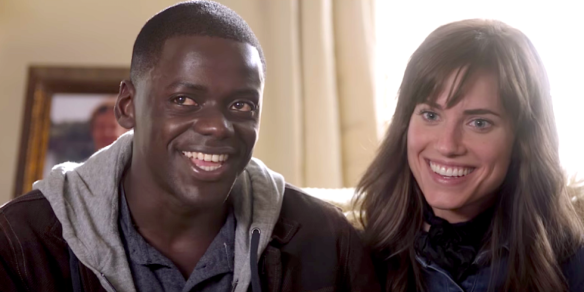2017: The year of the sink not being braced
10. Call Me By Your Name
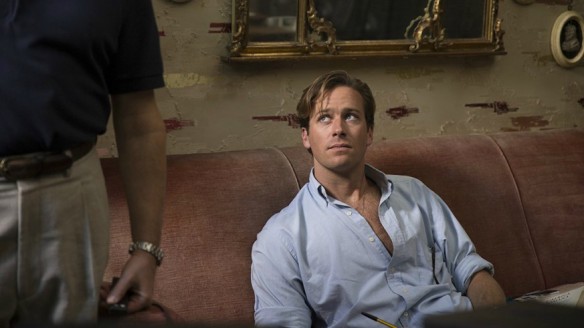
This is undoubtedly one of the best of the year but lands at the bottom only because I don’t connect with it so strongly. It’s a beautiful relationship presented like a movie made in 1983. It nails the era and style without exaggeration. There’s no melodrama, just pure love with the obstacle being life. If you don’t like this movie you may be dead inside.
9. Molly’s Game
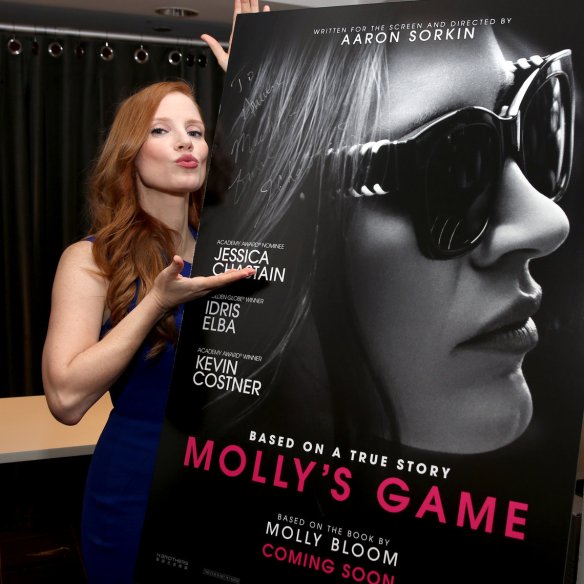
Aaron Sorkin knows how to make a movie feel like a marathon but in a good way. The script is never talking down to its viewers or over-explaining the rules of poker and the legality of illegal gambling but it wants you to keep up with its cocaine infused pace. Sorkin’s stab at directing isn’t anything special but Molly Bloom’s headstrong presence and a salacious story is only heightened by a fantastic script. Chastain has quickly proven herself as the queen of inner monologues and shines as the unrelenting hustler.
8. mother!
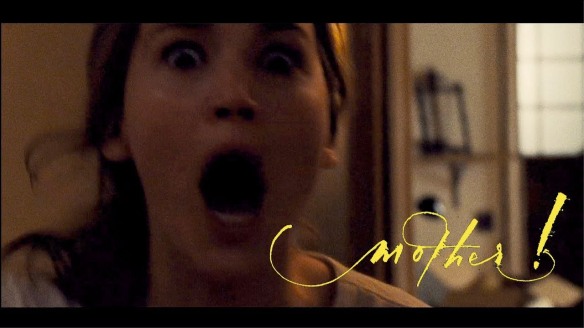
One of the most unique movies I’ve seen in a long time. There’s a lot to love and hate, it’s divisiveness only increases its intrigue, but there’s something special about a movie that can be interpreted in a growing list of ways. Then there’s the constrictive nature of the house that you are trapped in with Woman (Jennifer Lawrence) that turns into chaos by the third act, being filmed like the ultimate escape room. As an adaptation of the Bible, a depiction of the oppression towards women, a break down of an artists journey, mother! provokes stress and anxiety in a way few horror movie have ever achieved.
7. Dunkirk
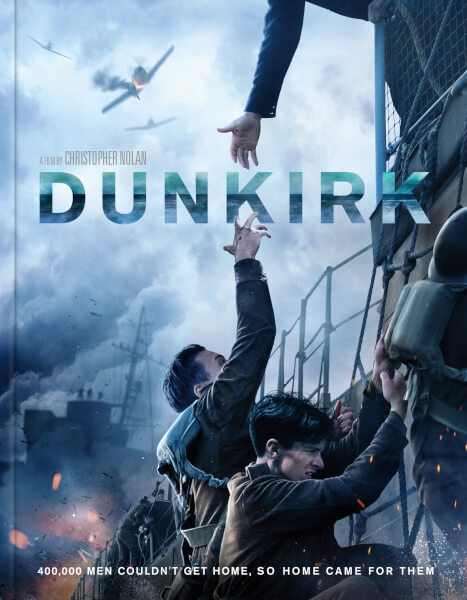
The newest classic war film? Nolan’s gritty and cynical style takes a turn becomes his most naturalistic on the beaches of Dunkirk where endless pale faces wait for a miracle. As someone not familiar with the sequence of events the film continuously delivers gut punches as survival seems near impossible for everyone involved. The fact the movie ends on an upswing is rather invigorating and nothing says happy ending like Tom Hardy taking of a mask. Also an epic film under two hours? Can we always do this!?
6. The Florida Project

If it wasn’t obvious that the consistent theme of movies this year is disillusionment and the fringes of society then let a movie about the homelessness in motel communities surrounding Disney World enlighten you. Seen through the eyes of the children who have yet to grasp the hardships of the adult around them, Sean Baker presents a summer of boredom and mischief. It’s heart break with a Crayola backdrop.
5. Raw

Cannibalism much like the vampire genre, is hard to get right. Either it’s all allegory which becomes general arthouse boredom or it goes too big with action and is silly. Often around cannibalism, the plot leads towards the protagonists learning there are cannibals among them then they must survive this danger. Raw instead is primarily about the stress, anarchy and marginalization that is the social experience of college. When a girl is at an age where she’s forming a new identity in a new place she’s thrown into the animalistic hazing rituals that come along with being at this French veterinary school. While less of a horror movie, there is a lot of haunting imagery especially pertaining to body mutilation and the ending is one that sticks with you. It’s a movie so nuanced with its themes of maturing and womanhood but effective in its visceral ways of putting you in a scene. I may not have had the same college experience but I could empathize with every frustration this girl has.
4. The Shape of Water
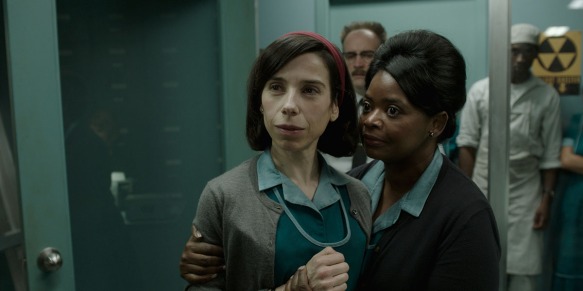
Guillermo Del Toro is one of those directors that I’ve always appreciated more than personally loved. I always found his film’s incredibly designed and unmatched in originality but couldn’t always connect with them. The Shape of Water which is a 50’s sci-fi meets a dark fairy tale is the kind of fantastical, quirky content I can get behind. Lighter in tone then Pan’s Labyrinth and Crimson Peak but an equally heightened world with romance and mischief. Every character has a big personality paired with real humanity. Even Michael Shannon who’s villain would be expectedly over the top is played subdued making his understated anger and hate even more intimidating. Del Toro crafts The Shape of Water with such detail that every location and every person is fully realized and that makes for a movie I want to be immersed in.
3. Lady Bird
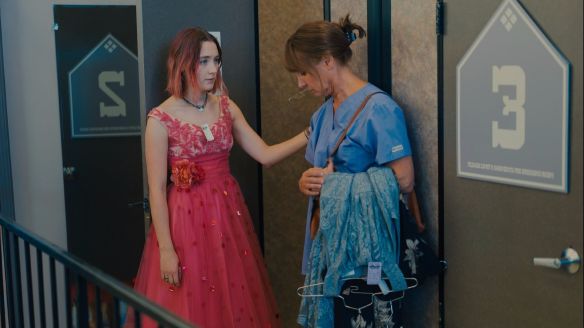
Greta Gerwig was able to tap into something truly magical even though Lady Bird at first glance seems like a simple coming of age tale. While the themes of first loves, parental friction and an unknown future post-high school are universal it’s also so steeped in the specificity of 2003 that anyone who was in school around that year can relate to. The titular protagonist is sympathetically flawed and has the bratty, ungrateful quality that comes with a white middle class upbringing. The push and pull relationship between Ronan’s Lady Bird and her mother played by Laurie Metcalf is the heart of this story and is moving in its angst, anger and love. Also that theater kid life is so on point!
2. Lost City of Z
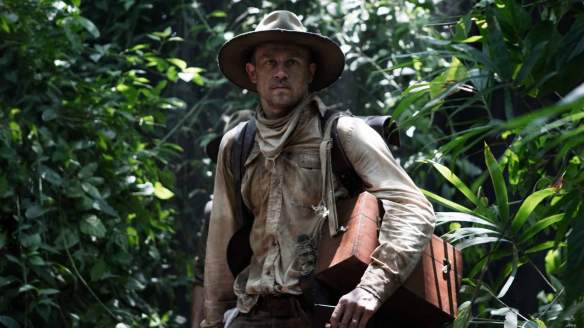
Yes, I pronounce it Zed. Come at me, bro. James Gray’s adventure epic is both stunning in a cinemascope way and a somber drama with the expansion of time. Following the travels of real-life explorer Percy Fawcett in his quest for the oldest civilization in South America we watch the lives of family and friends pass by as he loses his life in the jungle. The lush rainforest scenery is rightfully enticing and at a time of British ignorance and colonialism, his thirst for knowledge and history is noble. There’s no judgment of his choice to turn away from his family or stable cultural norms but the film’s tone doesn’t soften the difficulties of such exploits. Gray has yet to disappoint me with his ability to transport you to places and era you never thought of exploring and not make it a boring melodic meditation on humanity.
1. Good Time
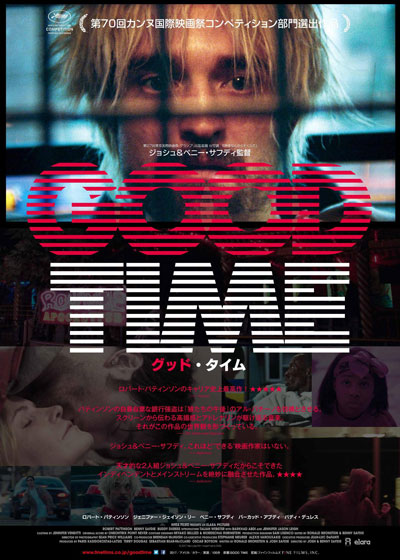
The Safdie Brothers have been making a name for themselves on the indie film circuit enough that I was familiar with the name even if I haven’t seen Starlet or Heaven Knows What. The trippy adrenaline shot that is Good Time is an unforgettable one. I’ve chosen this as my number 1 because I left so hyped from the unpredictable ride through unglamorous corners of New York. Without overstating its purpose the Safdies present the disenfranchisement of certain Americans in a microcosm of characters, each who has their own hustle to get by. Not only is it a unique journey, it really sold me on Robert Pattinson who has proven a phenomenal actor intensely trying to break out of the shadows of teenage vampiredom. I’m more than happy to take him serious as he puts himself out there at his grodiest as the sleazy protagonist with a heart in the right place. I’m also happy to end this list with a shout out to Somali actor Barkhad Abdi who is also a diamond in the rough. He’s my MVP, deserved of indie darling status. Put him in every 2018 movie, please!
Honorable Mentions
All the Money In The World– Christopher Plummer’s Getty is one of the greatest villains in movie history
The Greatest Showman– perfect Christmas escapism
It– Clowns in their prime
Oh, Hello: On Broadway– Maybe not a movie but the funniest anything of the year
Worst Movie of the Year
Roman J Israel Esq
Why, Dan Gilroy? Why you do me like this?
